Liner Material: HPPE / PolyKor
HPPE: Products constructed with High Performance Polyethylene Fiber (HPPE) fibers are suitable for protection against mechanical hazards in the toughest environments. HPPE fiber products can be designed for different protection levels, up to the highest levels, while maintaining an unprecedented level of comfort. They are also highly resistant to abrasion and chemicals, so you can rely on them to provide long-lasting protection.
PolyKor: Products constructed with PolyKor® engineered yarn are suitable for protection against mechanical hazards in the toughest environments. PolyKor® products can be designed for different protection levels, up to the highest levels, while maintaining an unprecedented level of comfort. They are also highly resistant to abrasion and chemicals, so you can rely on them to provide long-lasting protection.
View All HPPEView All PolyKorCoating: Nitrile
Nitrile: Nitrile is a synthetic rubber compound that offers excellent puncture, tear and abrasion resistance. Nitrile is also known for its resistance to hydrocarbon-based oils or solvents. Nitrile coated gloves are the first choice for industrial jobs which require handling of oily parts. Nitrile is durable and helps to maximize protection.
View All NitrileGrip: Foam
Foam: Available in Nitrile, NeoFoam® and PVC, foam coating cell structure is designed to channel fluids away from the surface of the object helping improve grip in slightly oily/wet conditions. Secure grip in dry conditions. Oily/wet grip varies with density of cell structure.
View All Foam

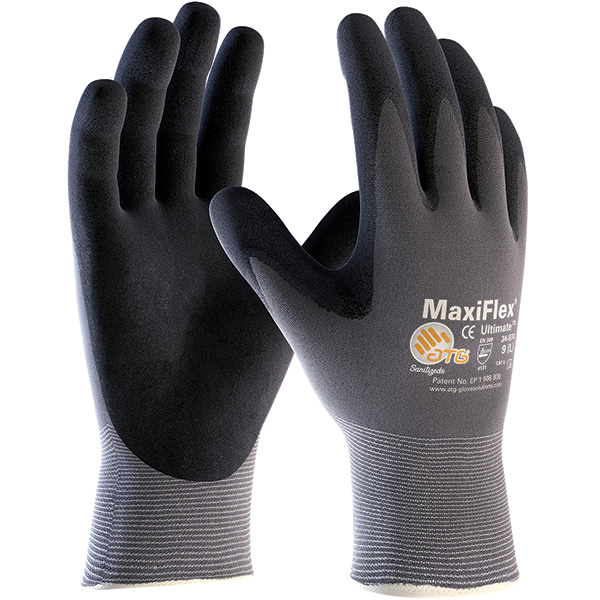 General Purpose Gloves - CoatedMaxiFlex® Ultimate™34-874
General Purpose Gloves - CoatedMaxiFlex® Ultimate™34-874
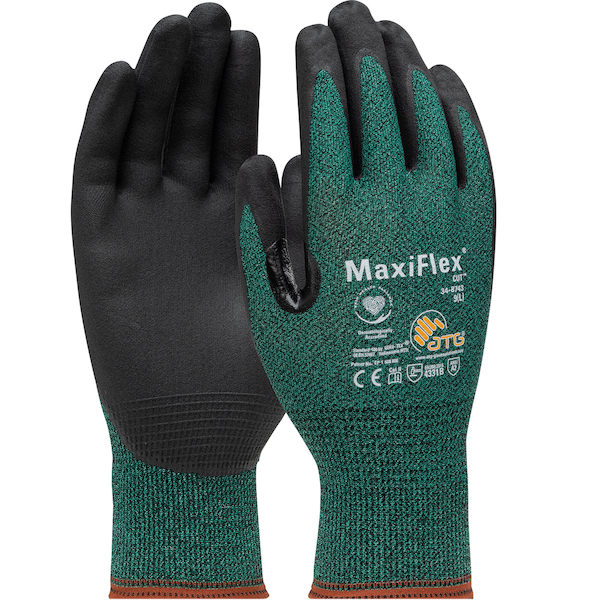 Cut Resistant GlovesMaxiFlex® Cut™34-8743
Cut Resistant GlovesMaxiFlex® Cut™34-8743
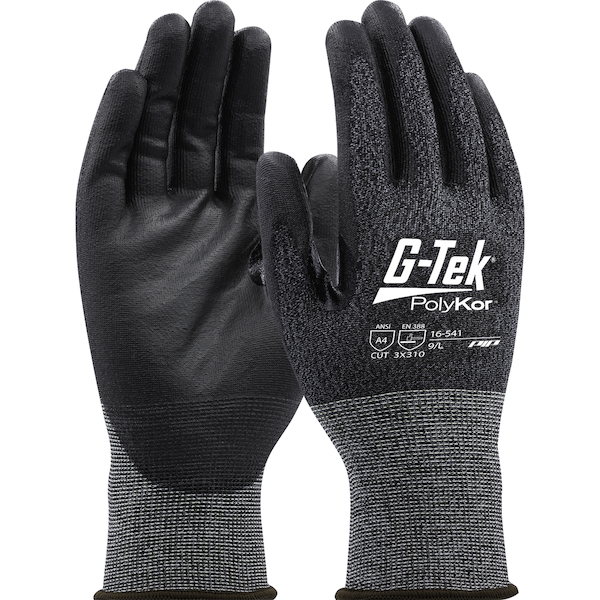 Cut Resistant GlovesG-Tek® PolyKor®16-541
Cut Resistant GlovesG-Tek® PolyKor®16-541
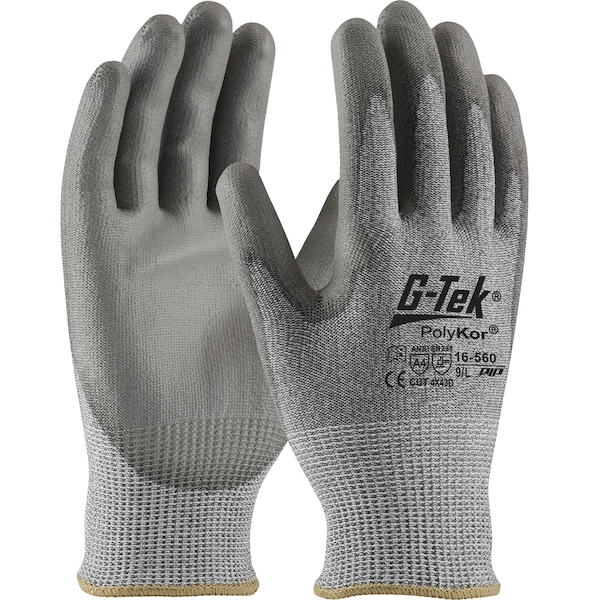 Cut Resistant GlovesG-Tek® PolyKor®16-560
Cut Resistant GlovesG-Tek® PolyKor®16-560
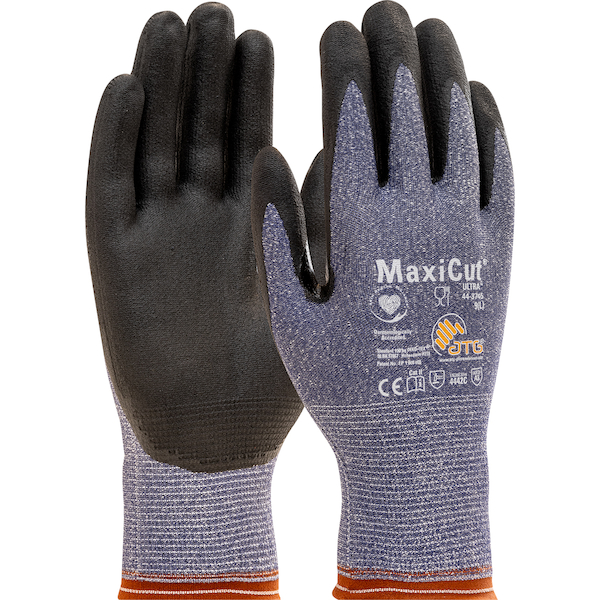 Cut Resistant GlovesMaxiCut® Ultra™44-3745
Cut Resistant GlovesMaxiCut® Ultra™44-3745
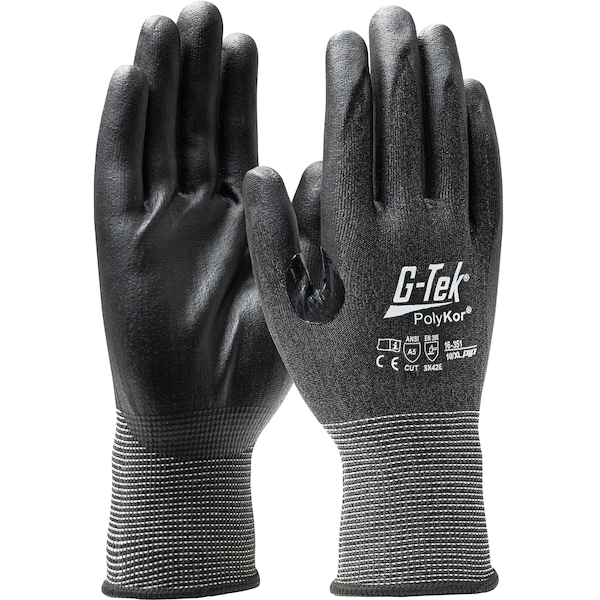 Cut Resistant GlovesG-Tek® PolyKor®16-351
Cut Resistant GlovesG-Tek® PolyKor®16-351
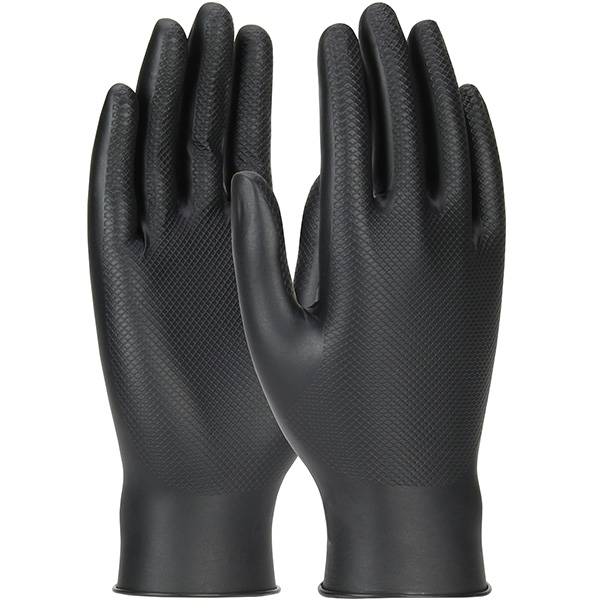 Extended Use Disposable GlovesGrippaz™ Skins67-246
Extended Use Disposable GlovesGrippaz™ Skins67-246
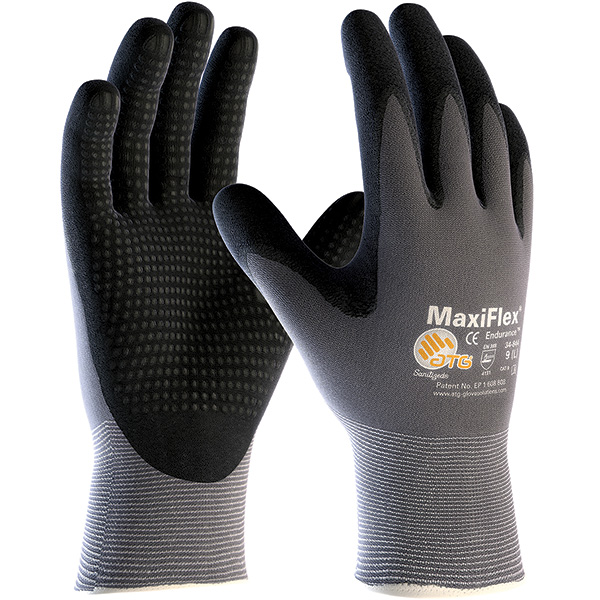 General Purpose Gloves - CoatedMaxiFlex® Endurance™34-844
General Purpose Gloves - CoatedMaxiFlex® Endurance™34-844
 Ear PlugsMega Bullet™267-HPF210C
Ear PlugsMega Bullet™267-HPF210C
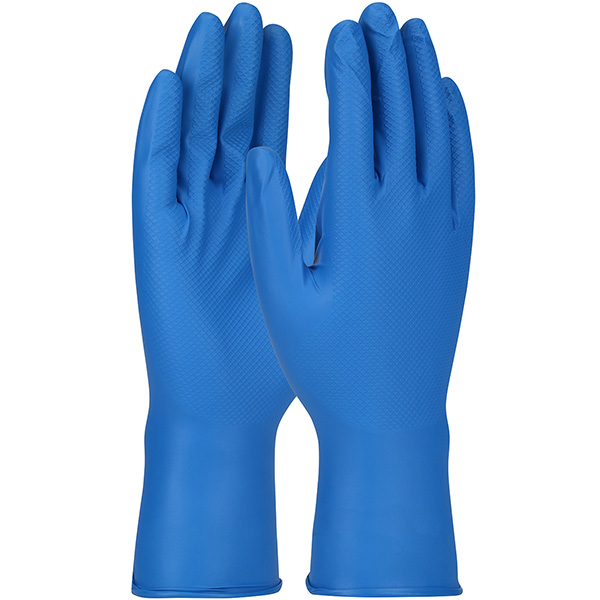 Extended Use Disposable GlovesGrippaz™ Food Plus67-308
Extended Use Disposable GlovesGrippaz™ Food Plus67-308
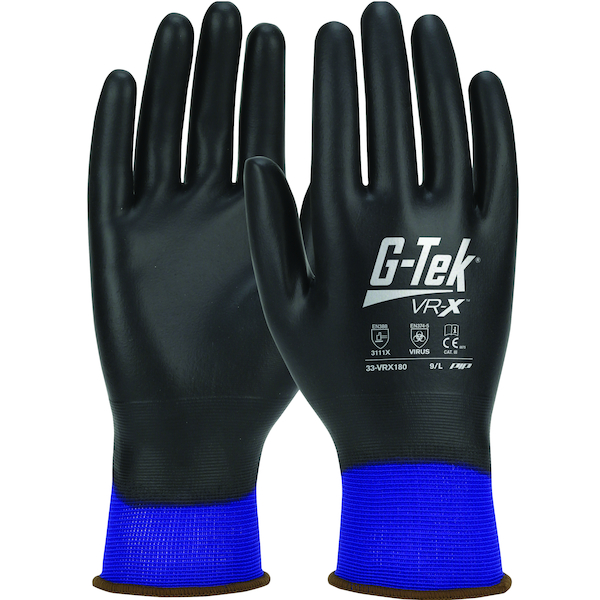 General Purpose Gloves - CoatedG-Tek® VR-X™33-VRX180
General Purpose Gloves - CoatedG-Tek® VR-X™33-VRX180
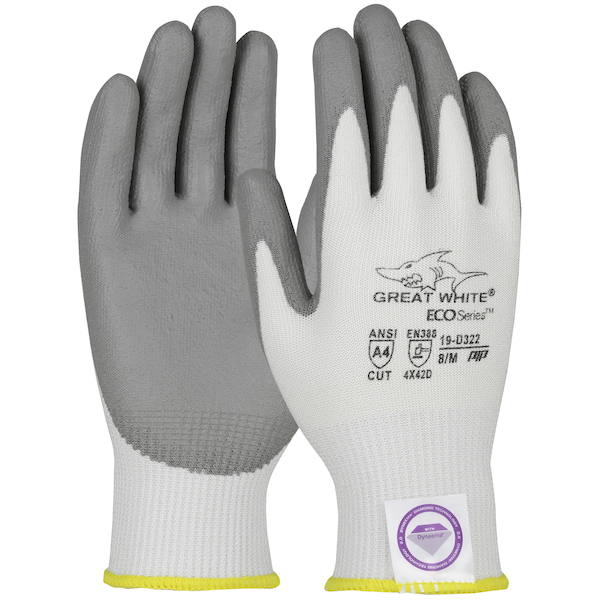 Cut Resistant GlovesGreat White® ECO Series™19-D322
Cut Resistant GlovesGreat White® ECO Series™19-D322


















